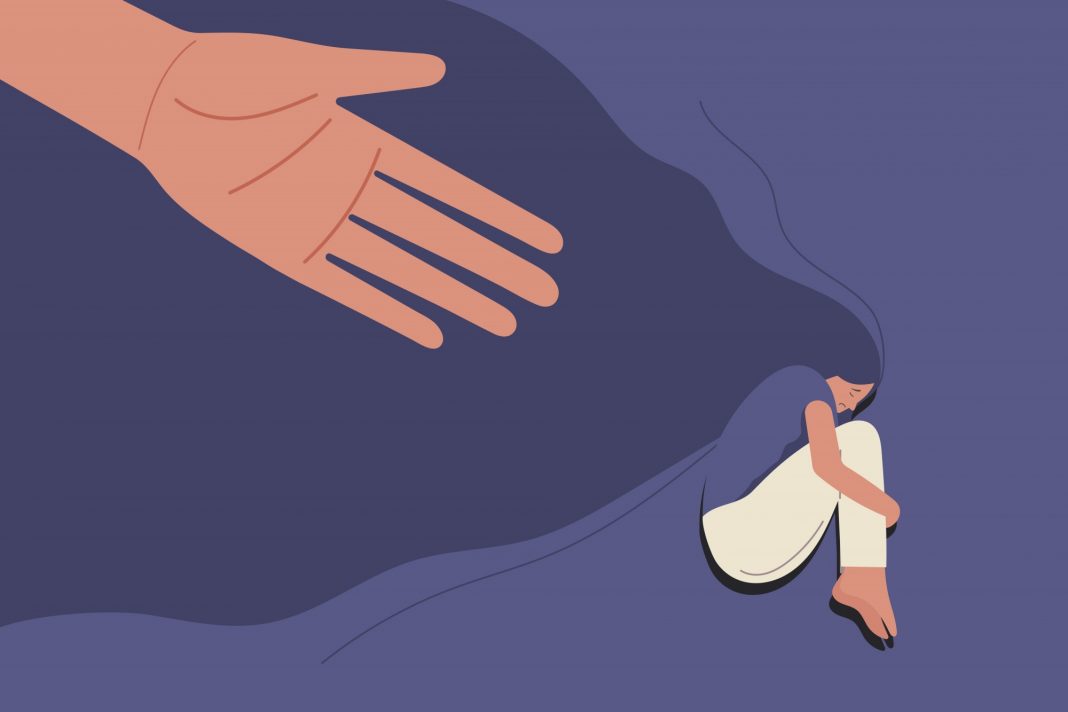Almost half the Australian workforce (46%) say their work is suffering as a result of poor mental health, according to the ADP Research Institute’s People at Work 2022: A Global Workforce View.
This rises to over half (56%) of millennial workers (25-34-year-olds), compared to less than 2 in 10 (17%) of the 55+ age bracket, the survey of almost 1400 workers in Australia has found.
People working from home are more likely to feel that poor mental health is having a detrimental impact on their work (55%) than their colleagues in the workplace (36%).
Across the Asia-Pacific region, 56% of workers say mental health issues are taking a toll on their work.
Other studies recently published indicate that in addition to uncertainty and disruption caused by lockdowns, the COVID-19 infection itself can increase the risk of mental health problems developing, and as a result, mental health services have been inundated in many countries. According to the charity Mind, a third of adults and young people worldwide say their mental health has gotten much worse since March 2020.
In addition, the frequent stress and burnout that many workers were already feeling, appears to have been exacerbated since the pandemic. Seven in 10 workers across Australia (70%) say they experience stress at work at least once a week, up from 62% pre-pandemic in 2020, and one in seven (27%) feel stressed 4 or more times a week.
The most common cause of stress is having increased responsibility as a result of the pandemic, with 45% of workers citing it as a major cause. Other key sources of stress include the length of the working day (29%), problems with technology (27%) and concerns over job security (27%).
“It’s concerning to see the number of workers, and especially millennial workers, struggling in Australia due to mental health issues. There are ongoing issues around the rising cost of living worldwide, and the demands placed on workers across industries is only rising. There are, however, a range of issues and factors which can lead to mental ill health,” Kylie Baullo, Managing Director ANZ at ADP said.
“It is important to note that workers may be struggling whether they are working from home or at the office – in this case, managers should be vigilant to ensure they are offering support no matter the working location.”
Most employers across Australia (82%) are being proactive about finding new ways to support the mental health of their workforce. Chief among the initiatives being tried are: checking in or communicating with employees more (33% of workers say their employers are doing so), allowing well-being days off (27%), implementing Employee Assistance Programs (23%) and allowing staff to take additional breaks during the day (21%).
“Unless the causes of poor mental health – whether it be personal or work-related, or both – are identified and dealt with, the impact of well-intentioned schemes could be undermined. Employers need to prioritise ways to boost workplace mental well-being, and remember that there is no one-size-fits-all approach,” Ms Baullo said.






